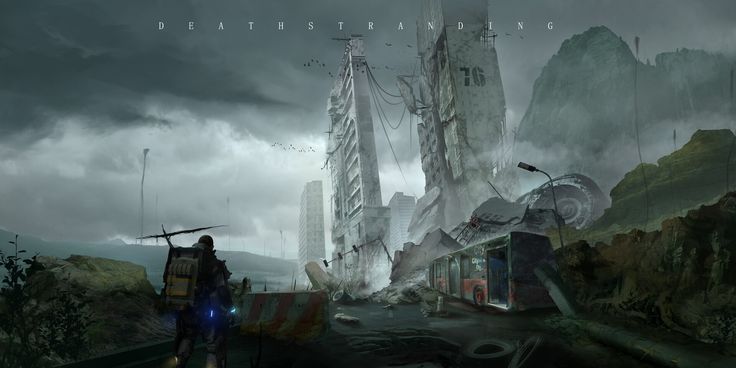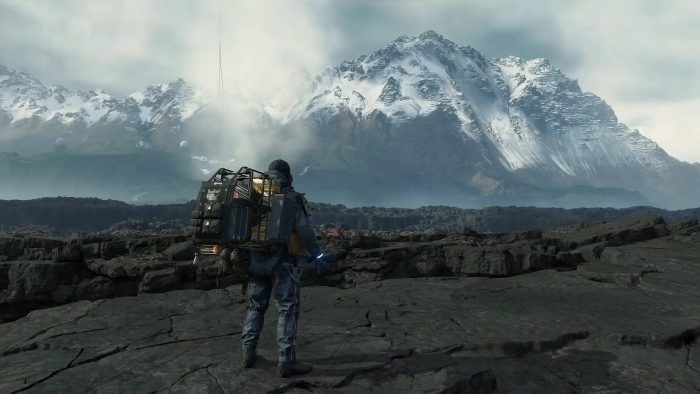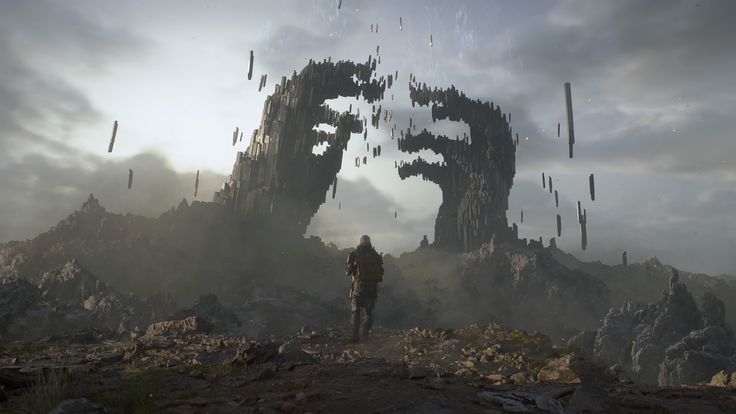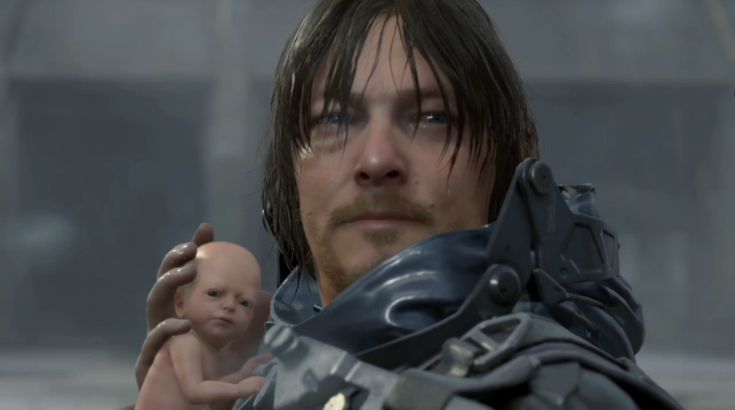How Music Appears in Special Gameplay Moments in Death Stranding 1 & 2
Introduction
There’s something magical about the way Death Stranding uses music. It doesn’t blast in during combat or drown out the silence with constant noise like so many other games. Instead, it waits. It watches. And then, when the moment is right — when you’ve been walking for what feels like forever, carrying your fragile cargo across a lonely, rain-soaked world — a song begins to play. Maybe it’s Low Roar’s haunting vocals echoing through the empty valleys, or a new track that feels like a warm hand on your shoulder. Suddenly, that endless hike becomes something more: a journey with meaning, a moment that feels deeply personal.
What makes this so special is the timing. The music isn’t just background noise; it’s a reward, a breath of beauty in a world that often feels overwhelming. And now, with Death Stranding 2 on the horizon, that same emotional weight is returning — maybe even stronger than before. These musical cues aren’t random. They’re carefully placed, like whispers guiding you through isolation, reminding you why you’re still moving forward. This article dives into how these moments work, why they hit so hard, and why Kojima’s approach to music is pure genius.

How Music Appears in Special Gameplay Moments in Death Stranding 1 & 2
There’s something magical about the way Death Stranding uses music. It’s not just background noise, not just a soundtrack to fill empty space—it’s a voice, a presence, a companion on your lonely journey. From the first game to the upcoming sequel, Kojima has turned music into an emotional tool, creating moments that stick with you long after you put down the controller.
The most striking thing? The music doesn’t play constantly. It waits. It lingers in silence, letting the sound of rain, the crunch of gravel, and the distant wind immerse you. And then, just when the loneliness starts to settle in, when the weight of the cargo on your back feels heavier than ever, those first notes begin to play. Maybe it’s a track from Low Roar—soft, haunting, like a whisper from a forgotten world. The camera pulls back ever so slightly, framing the vastness of the landscape, and suddenly you’re not just walking—you’re feeling.
In Death Stranding 1, these moments often come after a struggle: climbing a steep hill, surviving a BT encounter, or emerging from a storm into a valley bathed in light. The music hits you like hope—subtle, almost shy, yet powerful enough to make you stop and just listen. Many players describe standing still during these sequences, not because they have to, but because the game gives them space to breathe.
From what we know about Death Stranding 2, Kojima is pushing this concept even further. The trailers already hint at dynamic music integration—tracks that evolve with your journey, reacting to weather changes or emotional beats in the story. Imagine crossing a desolate shore, the ocean stretching endlessly ahead, and as you push forward, the melody grows, layer by layer, until the full song wraps around you like a cinematic embrace. It’s not about overwhelming you; it’s about timing, about giving meaning to silence before the music arrives.
What makes this approach so special is its restraint. In an era where most games blast music at every turn, Death Stranding dares to hold back, making every note feel like a reward. These are not random placements—they’re carefully chosen emotional triggers, designed to remind you that you’re not alone, that even in a broken world, beauty still exists.
Ultimately, the music in Death Stranding isn’t just heard—it’s felt. It turns long walks into meditative journeys, transforming solitude into serenity. And maybe that’s why, years later, players still remember not just the story, but those quiet moments when a song made them stop, smile, and whisper, “Wow.”
More articles from the game Death Stranding
More articles from the world of Nier
🎧 Dive Into the Unknown
I’ve recorded a special podcast exploring one of the many deep theories from the world of Nier. While it’s the only episode for now, there’s so much more to discover in the articles below—until the next voice finds its way to you.


















